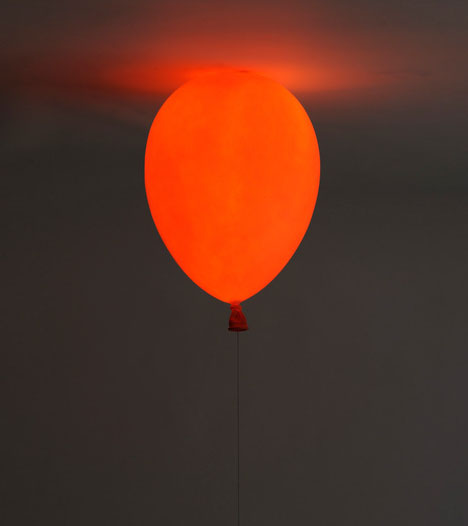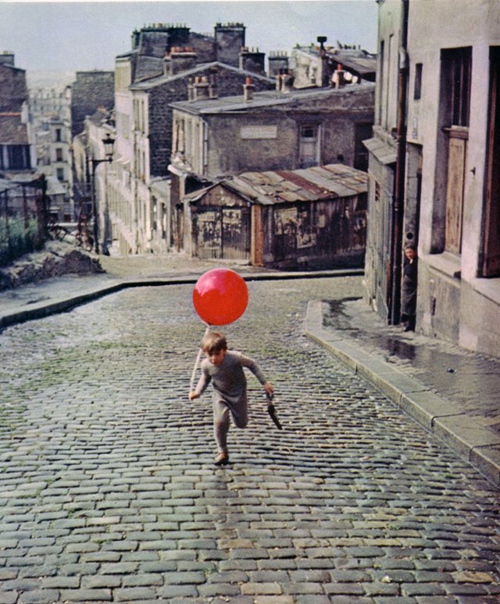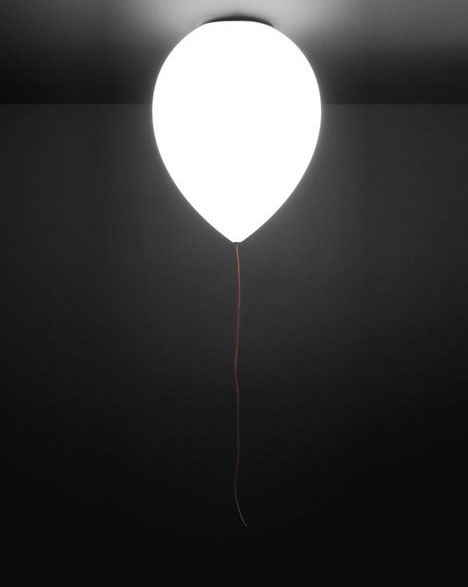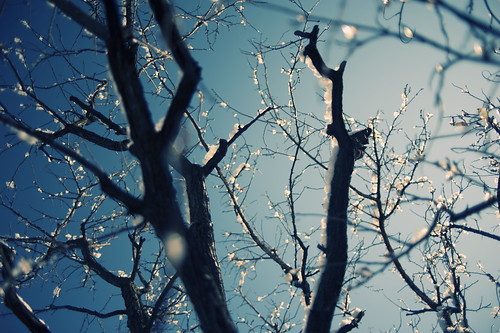Snow suddenly started to fall over Tokyo last night, quickly building a white layer over the never ending city. I was too lazy to grab my gear and all the stuff one needs to get out during a cold night, so I just hoped the snow would still be there on the morning and decided that I would take my camera with me on my way to work.
It was still there (although it had become ice) and it was giving the morning sunlight some exquisite tones. I love the morning light anyway: grazing, harsh, drawing bold shadows on faces and buildings… But the reflections due to the snow really make a difference.
While waiting for the train on the platform, I wanted to take a picture of that girl on the other side, lit by that light. But I didn’t even have time to aim and the train was there already. I took the shot anyway, in the hope I would catch it through the window.
The result is a bit unexpected: the tinted glass and blacklit inside give the picture a film feeling, as if tones were post-processed and black mattes were added.
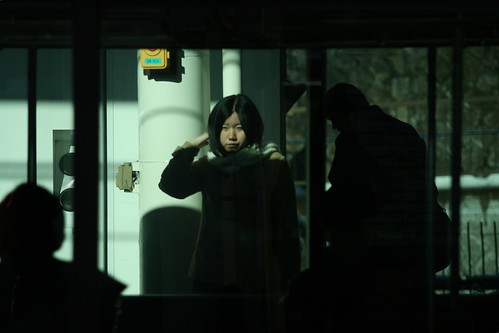
The filmic train
